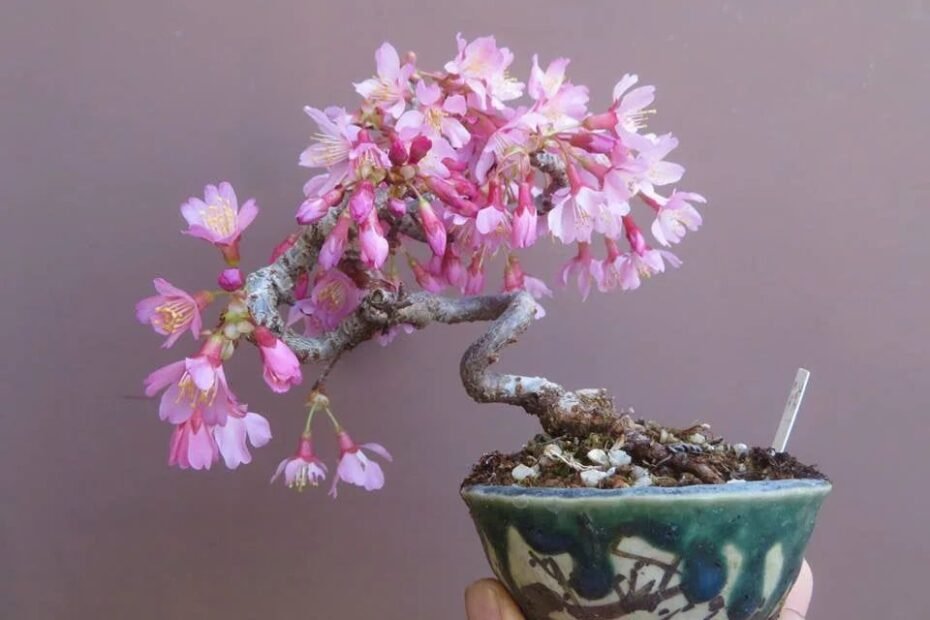Caring for a cherry bonsai tree is a rewarding experience that combines artistry with horticulture. These miniature trees, with their delicate blossoms and intricate branches, can bring a touch of nature’s elegance into your home. Whether you are a beginner or an experienced bonsai enthusiast, this guide will provide you with the essential knowledge to nurture your cherry bonsai tree to perfection.
Understanding the Cherry Bonsai Tree
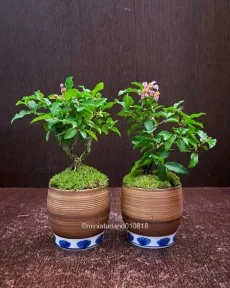
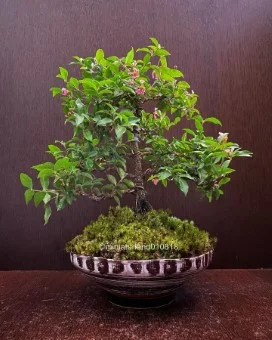
Cherry bonsai trees belong to the Prunus genus, which includes various species known for their stunning flowers and fruit. The most popular types for bonsai are the Japanese cherry (Prunus serrulata) and the Chinese cherry (Prunus campanulata). These trees are cherished for their beautiful blooms that range from white to deep pink.
Fact #1
Cherry bonsai trees symbolize renewal and the fleeting nature of life, making them a popular choice in Japanese culture.
Fact #2
Cherry blossoms typically bloom in early spring, creating a spectacular display that lasts for just a few weeks.
Selecting the Right Cherry Bonsai
When choosing a cherry bonsai tree, consider the following factors:
- Species: Different species have varying care requirements and bloom times.
- Age and Size: Older trees might be more resilient, but younger ones are easier to shape.
- Health: Look for a tree with healthy leaves, a strong trunk, and no signs of pests or disease.
Ideal Growing Conditions
To thrive, cherry bonsai trees need specific conditions:
- Light: Place your bonsai where it can receive at least 5-6 hours of direct sunlight daily. During the hotter months, ensure it has some afternoon shade to prevent leaf burn.
- Temperature: These trees prefer mild temperatures. In colder climates, protect them from frost by bringing them indoors or using a greenhouse.
- Humidity: Maintain moderate humidity levels. You can use a humidity tray or mist the leaves regularly to achieve this.
Watering and Feeding
Watering
Cherry bonsai trees require consistent watering to keep the soil moist but not waterlogged. Check the soil daily and water when the top inch feels dry. During the growing season (spring and summer), you might need to water more frequently.
Feeding
Fertilize your bonsai every two weeks during the growing season with a balanced bonsai fertilizer. In the winter, reduce feeding to once a month. This helps provide the necessary nutrients for healthy growth and flowering.
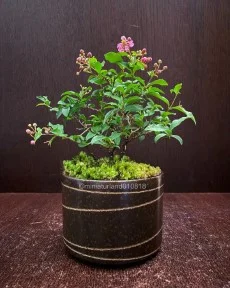
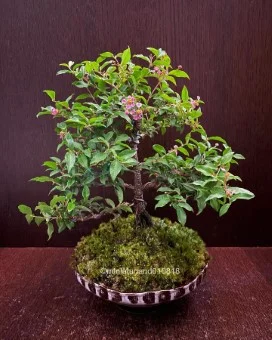
Pruning and Shaping
Pruning
Regular pruning is essential to maintain the shape and health of your cherry bonsai. Trim back new shoots to the desired length, focusing on maintaining the overall aesthetic of the tree. Prune after the flowering period to avoid cutting off the buds for next year’s blossoms.
Wiring
Use wiring to shape the branches carefully. Wrap the wire around the branches, bending them gently to the desired position. Be mindful not to damage the bark and remove the wire before it cuts into the wood.
Repotting
Repotting should be done every 2-3 years, preferably in early spring before the tree starts to grow. Use a well-draining bonsai soil mix to prevent root rot. Trim the roots during repotting to encourage a healthy and compact root system.
Pest and Disease Management
Cherry bonsai trees are susceptible to pests like aphids, spider mites, and scale insects. Regularly inspect your tree and use appropriate insecticides if necessary. Fungal infections can also occur, especially in humid conditions. Ensure good air circulation around your bonsai and remove any infected leaves or branches promptly.
Seasonal Care
Spring
This is the most critical time for your cherry bonsai. Focus on watering, feeding, and watching the spectacular bloom. After flowering, prune and shape your tree.
Summer
Protect your bonsai from extreme heat and continue regular watering and feeding. Watch for pests and diseases.

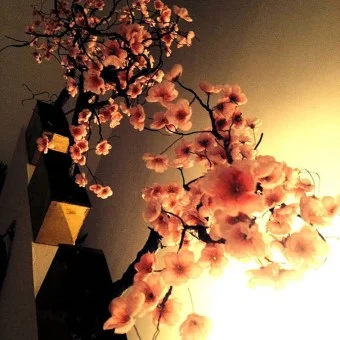
Fall
Prepare your bonsai for dormancy by reducing watering and stopping fertilization. Prune any excessive growth and clean up fallen leaves.
Winter
Keep your bonsai in a cool, frost-free environment. Water sparingly and avoid any major pruning or shaping.
Conclusion
Caring for a cherry bonsai tree can be a deeply satisfying hobby. By providing the right conditions, regular maintenance, and a bit of patience, you can enjoy the beauty of cherry blossoms in miniature form year after year. Remember, each tree is unique, and learning its specific needs will help you become a skilled bonsai caretaker.
Whether you’re a novice just starting or an experienced bonsai enthusiast, the journey of growing and maintaining a cherry bonsai tree is filled with opportunities to connect with nature and refine your horticultural skills. Happy bonsai gardening!
